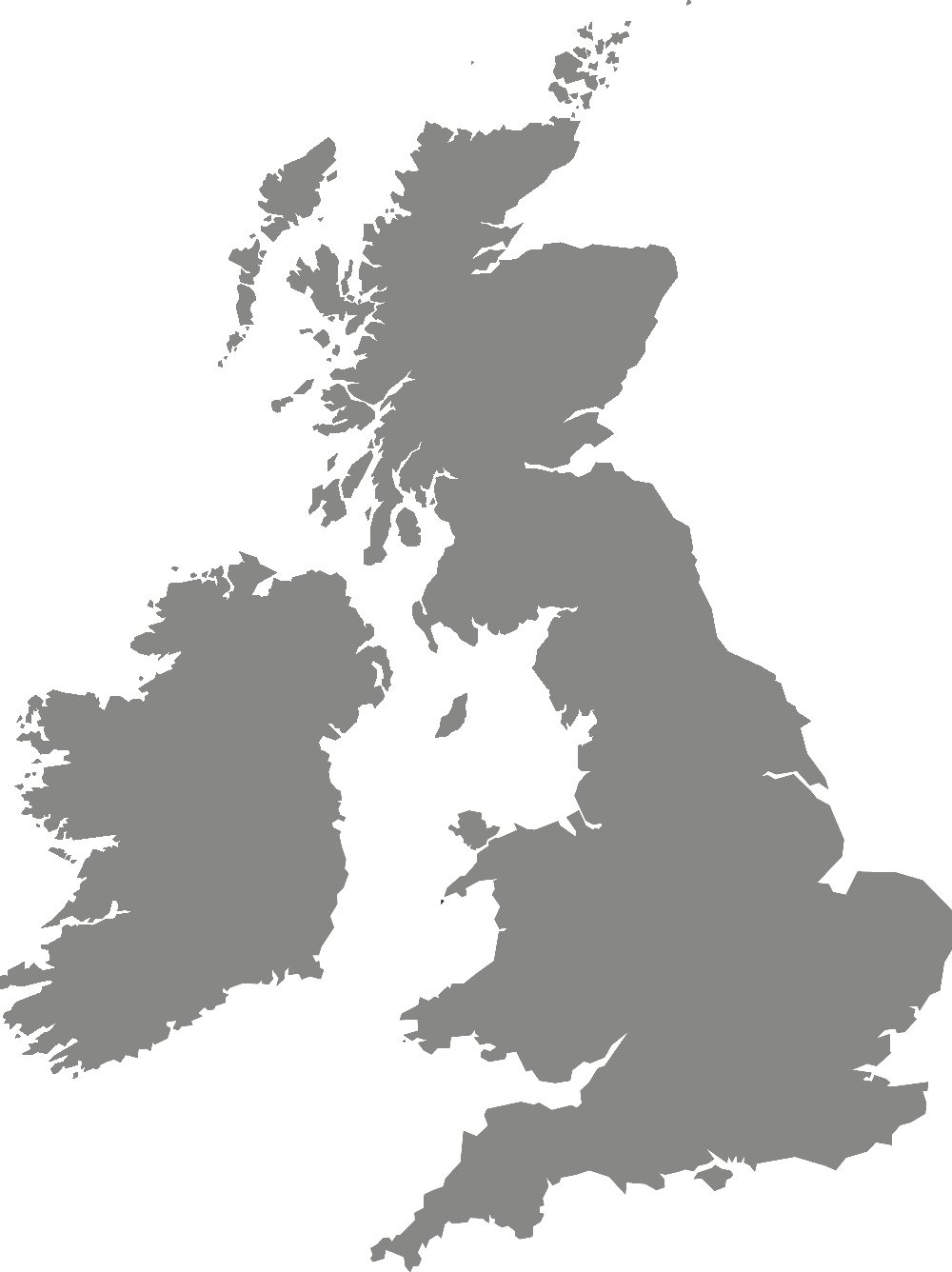Brand guidelines
York St John University brand guidelines
These guidelines are intended as a useful resource to help staff across the University maintain a strong and consistent brand identity in everything we do.
/prod01/yorksjacuk/media/content-assets/safe-images/1600-x-1000/lord-mayors-walk-campus-sign.jpg)
These guidelines have been developed by the Marketing and Communications teams.
Some changes have been made to the previous brand guidelines. Many of these updates have been made for accessibility reasons, to reflect changing conventions in writing, or to make things more consistent and easy to understand.
The guidelines include:
- A style guide for written communication
- An introduction to our visual brand style
- Guidance on how to work with the Marketing team to produce video, photo or graphic design assets
- Inclusive writing guidance, developed in close consultation with various groups across the University
- An overview of how we talk about York St John University, developed in reference to our established strategy and values. These are the core messages which provide the wider context to everything we write or produce to represent the University.
If you have any questions about these guidelines, please email marketing@yorksj.ac.uk.
How we write about York St John University
/prod01/yorksjacuk/media/content-assets/safe-images/480x320/25-10-16-York-St-John-Uni-0492-(1).jpg)
Guidance to help focus your writing if you need to promote the University or explain our priorities and values to an external audience. This has been developed to reflect our 2026 strategy aims.
The guidance includes facts and figures you can use to back up our core messages.
About the brand guidelines
These brand guidelines were last reviewed on 4 January 2023.
/prod01/yorksjacuk/media/content-assets/safe-images/500-x-500/Graduation-ceremony-1.jpg)
/prod01/yorksjacuk/media/content-assets/safe-images/500-x-500/Person-writing.jpg)
/prod01/yorksjacuk/media/content-assets/safe-images/500-x-500/Person-using-laptop.jpg)
